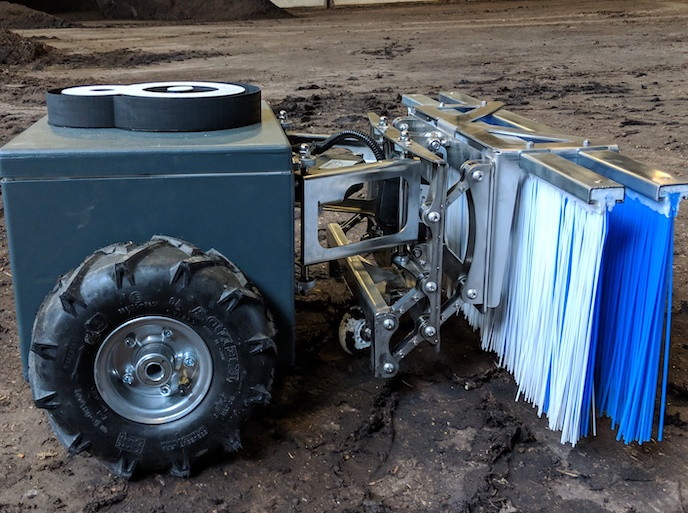Cool computer concepts for the digital age
From the smartphone in our pockets to the constellations of satellites in orbit, humanity’s insatiable demand for data, delivered as quickly as possible, is ever increasing. This places huge amounts of pressure on microprocessors, which have to perform lots of computational functions simultaneously. “The microprocessor is at the heart of computing,” explains ThermaSMART(opens in new window) project coordinator Prashant Valluri from the University of Edinburgh(opens in new window) in the United Kingdom. “They consume a lot of energy when they are busy – when you watch a movie on your laptop for example, they can get really hot.” Data centres, which might house several dozen microprocessors, can also get hot. A malfunction – or even a fire – could put sensitive financial, health or governmental information at risk.
Phase-change cooling for microprocessors
Industry has been grappling with this issue of heat generated by microprocessors for years. Traditionally, cooling air has been used to cool computers, but it can only do so much. The EU-funded ThermaSMART project examined the potential of what is known as phase-change(opens in new window) cooling to keep microprocessors from overheating. This is exactly how fridges keep cold. It works like this. The refrigerant, which travels through the fridge in coils, absorbs heat when it is in liquid form, carrying it away from the refrigerator’s contents. As it heats up, it evaporates to a gas, expelling heat through external coils, before cooling and becoming a liquid again. The cycle is then repeated.
Microchannels for electronic equipment
Valluri and his team wanted to find out if this cooling process could be applied to electronic equipment. This work built on a previous project, called THERMAPOWER, which advanced fundamental understandings of phase-change phenomena. “In this latest project, we looked at fundamental science aspects related to evaporation, boiling and condensation, as well as the efficiency of different materials and refrigerants,” says Valluri. “We also looked at engineering aspects, because a microprocessor is such a small device. So we designed tiny microchannels containing refrigerant that could sit atop a microprocessor.” Central to ThermaSMART, which was supported by the Marie Skłodowska-Curie Actions(opens in new window) programme, were staff exchanges. These involved 21 universities from five continents. “We were able to upskill so many students this way,” adds Valluri. “One of the best parts of the project was being able to send students to experts in other countries, and these exchanges were always complementary.” Indeed, one of the key results has been an impressive list of peer-reviewed research papers(opens in new window), which examined numerous aspects of phase-change cooling.
Neurology as an area of application
Another success of the project was the identification of possible new areas of application. “This happened almost by accident,” remarks Valluri. “I was working with the Centre for Clinical Brain Sciences(opens in new window) department here in Edinburgh, which was looking at ways of cooling the brain.” Following a serious brain injury, it is often critical that the brain is cooled; swelling can lead to further damage. Learnings from the ThermaSMART project were used to investigate phase-change cooling as a possible solution to managing the brain temperature of patients. While interested in exploring all possible avenues, Valluri and his team are confident that phase-change cooling will definitely play a critical role in the future of computing. Replacing microprocessors is expensive and environmentally damaging; using air as a coolant is inefficient and energy-intensive. “The next step will be how to develop and install these microchannel chip cooling methods,” he says.







